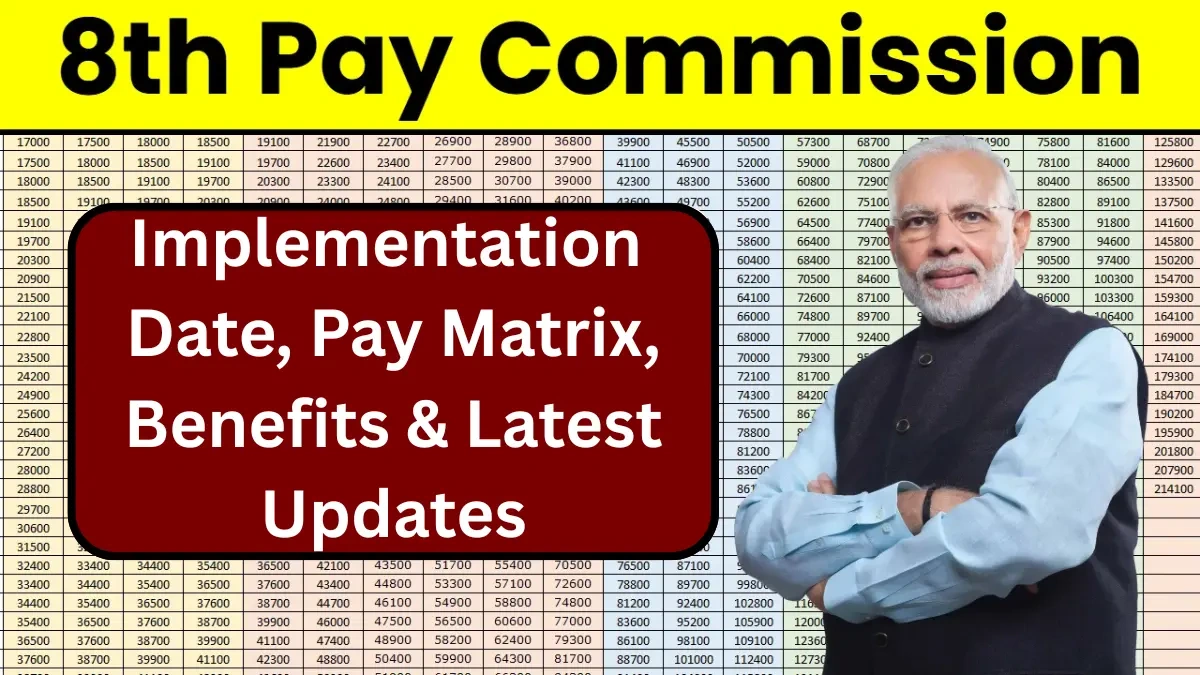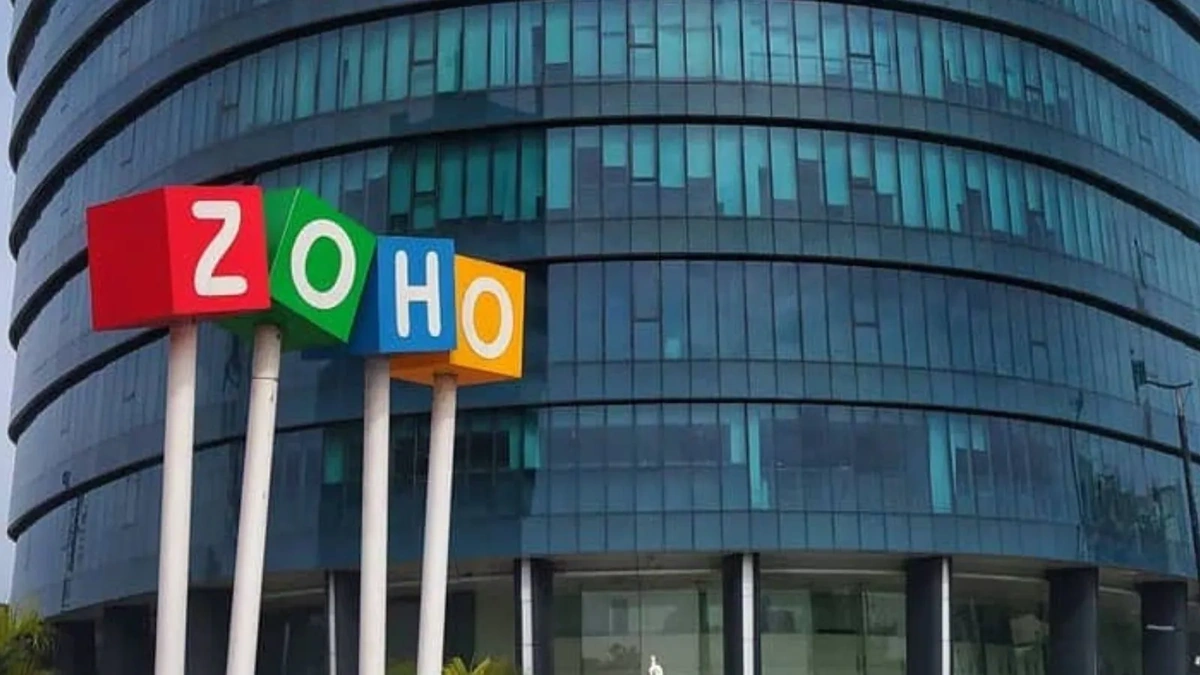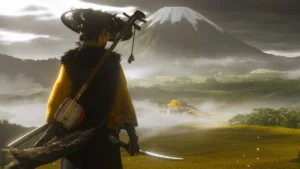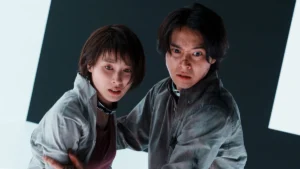Why Everyone’s Talking About the Calcutta High Court | A Deep Dive Beyond the Headlines
Let’s have a coffee-shop chat. If you follow the news in India, even casually, you’ve probably noticed a pattern. A political firestorm in West Bengal? A massive corruption scandal unearthed? A clash between the state and the Governor? Sooner or later, all roads lead to one imposing, red-and-white Gothic building in Kolkata. The Calcutta High Court .
It’s more than just a court; it has become a central character in India’s national drama. It’s constantly in the headlines, not just for its judgments, but for the sheer theatre of it all impassioned judges, high-stakes political battles, and rulings that send shockwaves across the country. It’s easy to get lost in the daily news cycle of “Court slams government” or “CBI probe ordered.”
But here’s the real question: Why?
Why does this particular High Court seem to punch so far above its weight in the national consciousness? What’s going on behind the scenes that makes it such a flashpoint? This isn’t just about law. It’s about history, politics, and the raw, unfiltered workings of Indian democracy. Let’s pull back the curtain.
A Court Steeped in History (And Why It Matters Today)
First, you have to understand that the Calcutta High Court isn’t just any court. It is the oldest High Court in India , established way back in 1862 under the High Courts Act, 1861. Think about that for a second. It predates so much of modern India. It has seen the British Raj, the freedom struggle, the birth of the Republic, the Emergency, and the rise of coalition politics.
This isn’t just a fun trivia fact. This deep-rooted history gives the institution a powerful sense of self. It has a legacy of independence to uphold. When you walk its corridors (or even just see it on TV), you feel the weight of that history. This legacy often translates into a fiercely independent, sometimes even defiant, attitude. It doesn’t see itself as just another branch of the state; it sees itself as a historic guardian of the rule of law. And frankly, it’s not afraid to remind everyone of that fact.
So, when a judge from the Calcutta High Court makes a strong observation, it carries the echo of 160+ years of judicial precedent. It’s not just one person speaking; it’s an institution with a long memory. This historical gravitas is a crucial, often overlooked, part of why its actions garner so much attention.
The Epicenter of Judicial Activism | Friend or Foe?
Here’s a term you’ve probably heard thrown around a lot: “judicial activism.” Let’s break it down simply. At its core, judicial activism is when courts go beyond interpreting the law and start pro-actively pushing for social justice or correcting the perceived failures of the government (the executive) or the lawmakers (the legislature).
And the Calcutta High Court? It has become a fascinating, real-time laboratory for this concept.
What fascinates me is how the court has consistently stepped into vacuums left by other state machinery. Consider the monumental WB SSC scam , a case about alleged corruption in teacher recruitment. For years, thousands of genuine candidates were left in limbo, their futures hanging by a thread while allegations of bribery swirled. The situation was stuck. It was the High Court’s relentless and often dramatic interventions ordering CBI probes, cancelling appointments, and holding officials accountable that blew the lid off the entire issue.
Critics might call this overreach. Supporters would call it essential. But what’s undeniable is that the court took on a role that went far beyond passive adjudication. It became an active agent of change. You see this pattern again and again, whether it’s in cases concerning post-poll violence or municipal corruption. The court seems to operate on a principle: if the system fails the people, the judiciary must step in. This proactive stance is a huge reason it’s always in the spotlight. The court isn’t just a referee; it’s often the one blowing the whistle and starting the play.
The Bengal Conundrum | When the Court Becomes the Main Event
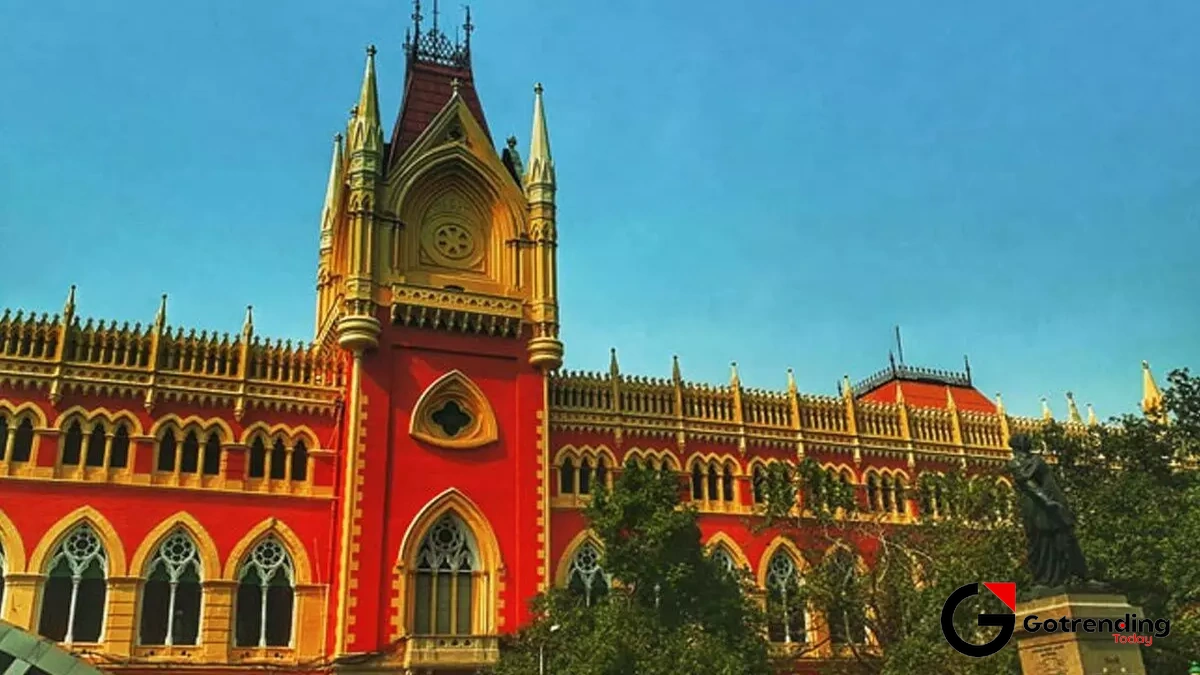
You cannot analyze the Calcutta High Court without understanding the unique political landscape of West Bengal . The state has a long history of intense, often confrontational politics. For decades, the primary opposition to the ruling party in the state (whoever it may be) has often found the judicial arena to be a more effective battleground than the floor of the Assembly.
Here’s the thing: when political trust is low and state institutions are seen by the opposition as compromised, the High Court becomes the de-facto forum for accountability. It turns into the last port of call. Petitions are filed not just to seek legal remedy, but to score political points and to bring issues into the national spotlight that might otherwise be ignored.
This dynamic places the court in an incredibly powerful and difficult position. Every ruling is immediately scrutinized through a political lens.
- A ruling against the state government is hailed as a victory for democracy by the opposition.
- A ruling that favours the state government is painted as a let-down by the same opposition.
The court becomes the primary theatre for the ongoing tussle between the state government in Kolkata and the central government in Delhi. This constant friction is a huge driver of the headlines. The legal battles are often proxies for larger political wars, such as the one time tussle related to the State Bank of India link . It’s a complex dance, and the Calcutta High Court is right in the middle of the floor.
What Do These High Court Rulings Actually Mean for You?
So, we’ve talked about history and politics. But why should you, an engineering student in Durgapur, a small business owner in Siliguri, or a parent in Kolkata, care about any of this?
Because these High Court rulings have very real, tangible consequences that ripple out into society.
Let’s go back to the teaching job scam. For a family whose child studied hard and was denied a job unfairly, the court’s intervention isn’t an abstract legal concept. It’s a fight for their future. It’s a glimmer of hope that merit can still win. When the court orders a CBI probe into allegations of violence, as has been seen in cases similar to the ones investigated by officers like Daya Nayak , it sends a message about citizen safety and accountability that affects everyone’s sense of security.
The court’s actions, for better or worse, set the standards for governance. They signal what is acceptable and what isn’t. They can force transparency, empower citizens, and hold immense power to account. So, when you see a headline about the Calcutta High Court, don’t just see it as political drama. See it as a real-time stress test of our democratic institutions, the results of which directly impact your rights, your opportunities, and your safety.
Quick Answers to Your Calcutta High Court Questions
Is the Calcutta High Court really the oldest in India?
Yes, absolutely. It was established on July 1, 1862, making it the first High Court in India. The High Courts of Bombay and Madras were established shortly after in the same year.
What’s the difference between a High Court and the Supreme Court?
Think of it as a hierarchy. High Courts are the highest judicial bodies in a state or group of states. You can appeal a High Court’s decision to the Supreme Court in Delhi, which is the apex court of the country. The Supreme Court’s decision is final.
Why are so many cases being transferred to the CBI?
This usually happens when the court feels that the investigation by the state police might not be impartial, especially in politically sensitive cases where the state government itself might be involved or have an interest. It’s a way to ensure an investigation by a central, and theoretically more neutral, agency.
Can I watch the High Court proceedings?
Yes! In a major step towards transparency, the Calcutta High Court live-streams its proceedings on its official YouTube channel. You can watch the arguments and judgments unfold in real-time, which is a fantastic way to understand how the judiciary works.
How does a judge get appointed to the High Court?
High Court judges are appointed by the President of India in consultation with the Chief Justice of India and the Governor of the state. The process is governed by a Collegium system, which is led by senior judges of the Supreme Court, as outlined in theMemorandum of Procedure.
The story of the Calcutta High Court is far more than just a series of legal cases. It’s a mirror reflecting the unique pressures, passions, and politics of its region and, by extension, the nation. It’s a testament to the fact that in the loud, messy, and vibrant theatre of Indian democracy , the judiciary’s voice is often the one that commands the most attention.
Watching it isn’t just for lawyers or politicians; it’s for anyone who wants to understand the real, on-the-ground functioning of our democracy. And that’s a show worth paying attention to.

